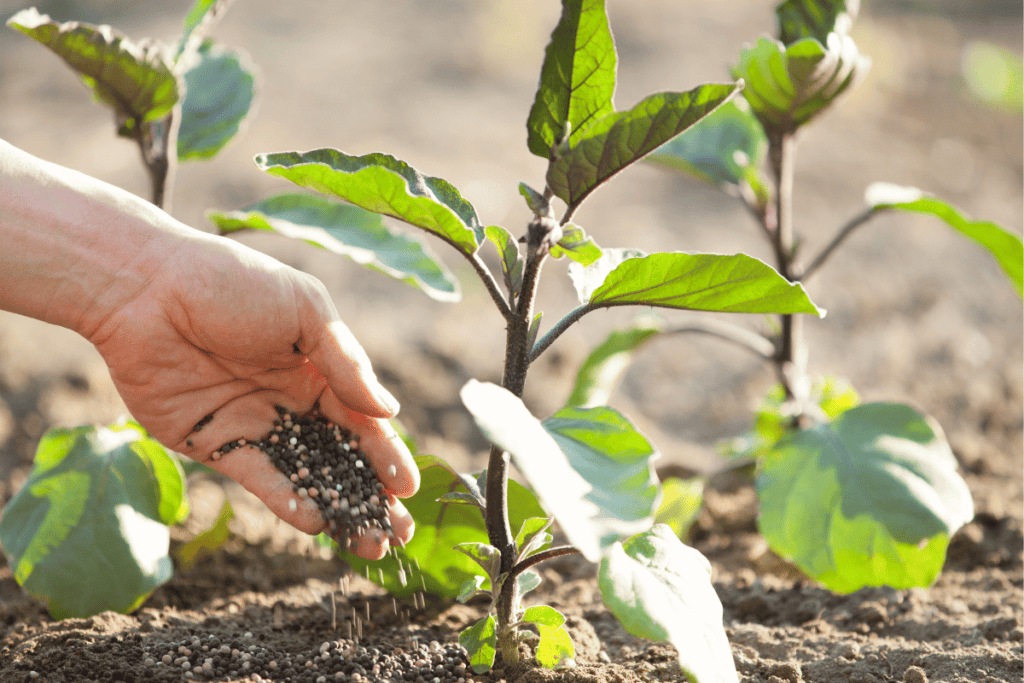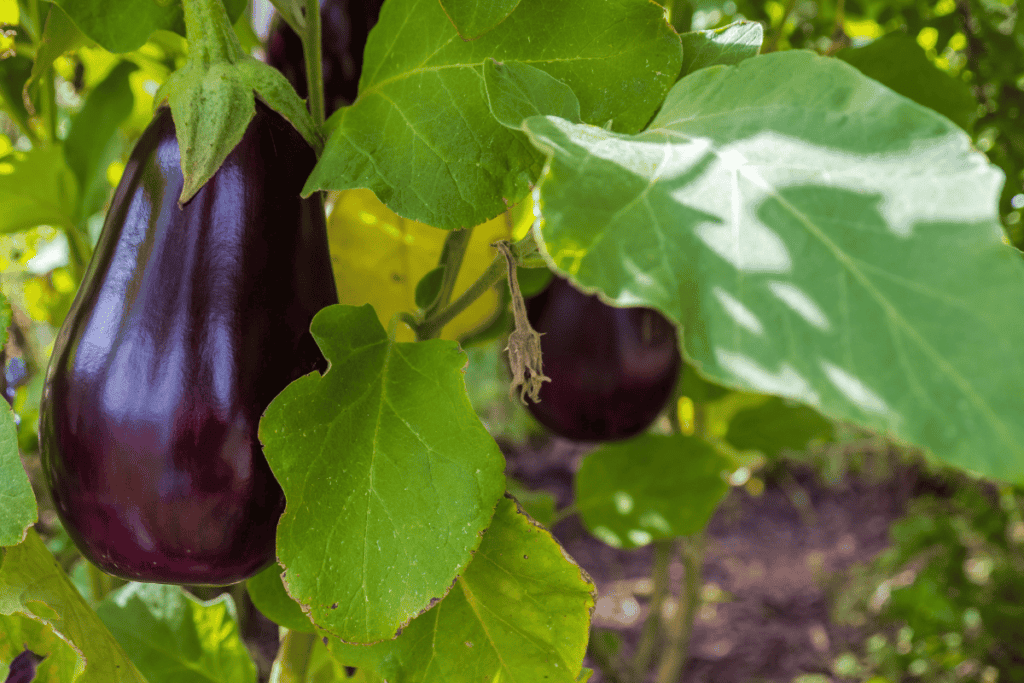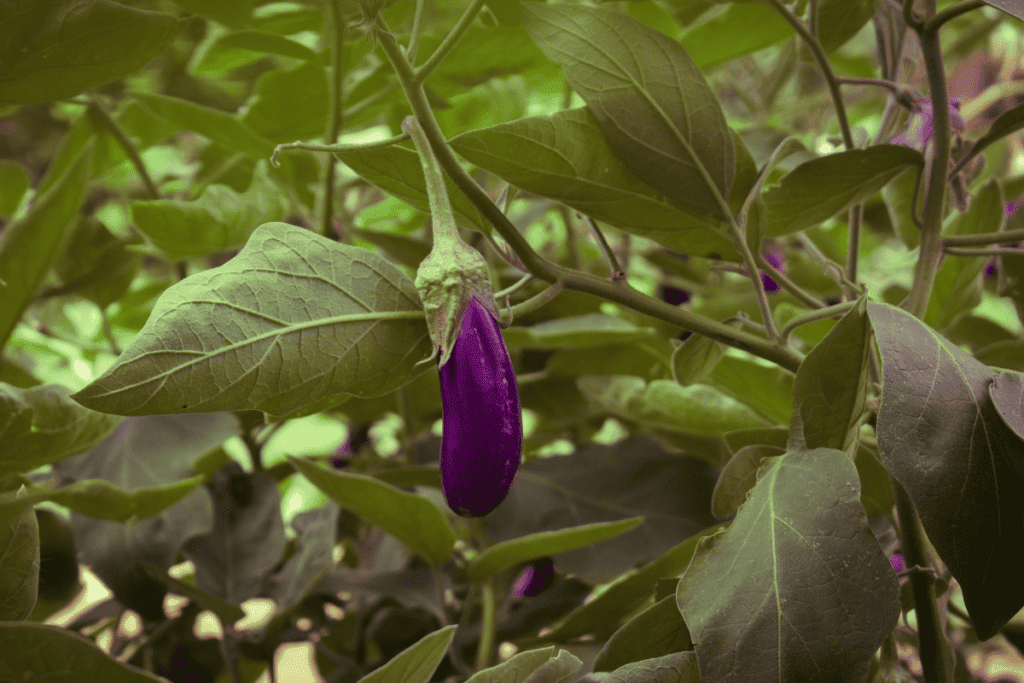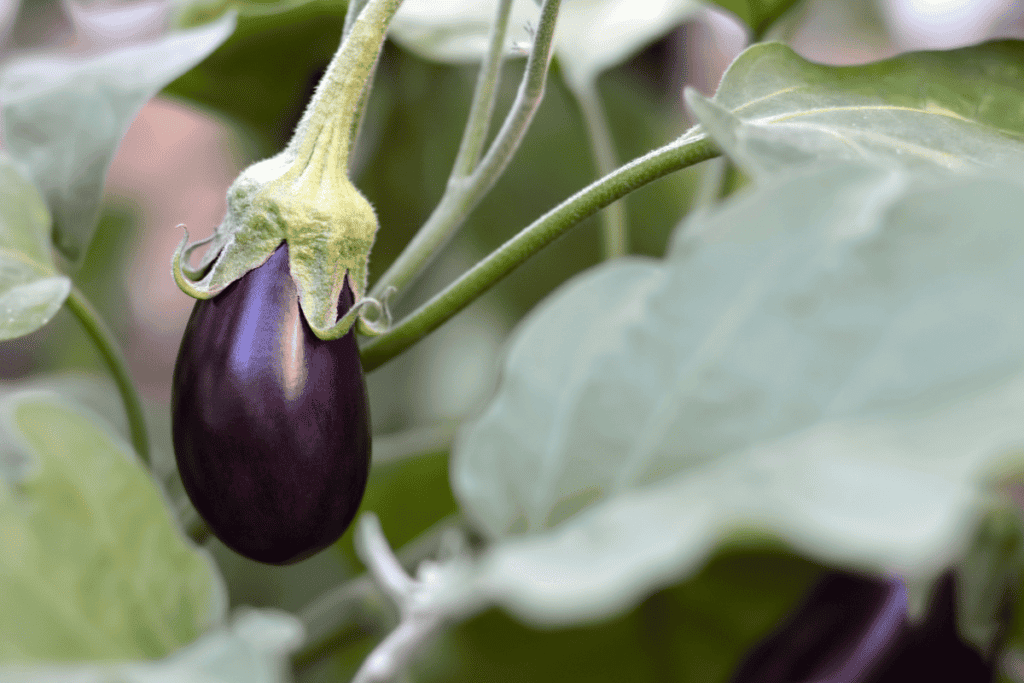Learn how to plant eggplant seeds for maximum germination success. Follow our comprehensive guide with step-by-step instructions and expert tips!

Introduction: How to Plant Eggplant Seeds
Eggplants, also known as aubergines, are a delightful addition to any vegetable garden. Their deep purple hue and versatile culinary uses make them a favorite among gardeners. However, achieving maximum germination success when planting eggplant seeds requires careful attention to detail and proper technique. In this comprehensive guide, we’ll walk you through the process step-by-step, ensuring your eggplant seeds sprout and thrive for a bountiful harvest.
How to Plant Eggplant Seeds for Maximum Germination

Planting eggplant seeds is a rewarding endeavor that begins with proper preparation and care. Follow these steps for optimal germination success:
Choosing the Right Seeds
Before diving into planting, ensure you have high-quality eggplant seeds. Look for varieties suited to your climate and gardening preferences. Opt for organic, non-GMO seeds from reputable suppliers to maximize your chances of success.
Preparing the Soil
Eggplants thrive in well-drained, fertile soil. Start by preparing the planting area by loosening the soil to a depth of at least 8 inches. Remove any weeds or debris and incorporate organic matter such as compost or aged manure to improve soil structure and fertility.
Sowing the Seeds
Sow eggplant seeds indoors 6-8 weeks before the last frost date in your area. Fill seedling trays or pots with a high-quality seed starting mix, then plant the seeds ¼ inch deep. Water gently to ensure the soil is evenly moist but not waterlogged.
Providing Optimal Conditions
Eggplant seeds require warmth and consistent moisture to germinate successfully. Place the seed trays in a warm, sunny location or use a seedling heat mat to maintain temperatures around 70-80°F (21-27°C). Keep the soil consistently moist but not soggy until the seeds germinate.
Transplanting Seedlings
Once the seedlings have developed their first set of true leaves, they are ready to be transplanted into larger containers or directly into the garden. Choose a sunny location with well-drained soil and space the seedlings 18-24 inches apart to allow for proper growth.
Caring for Seedlings

After transplanting, continue to water the seedlings regularly, ensuring the soil remains consistently moist. Fertilize with a balanced organic fertilizer every 2-3 weeks to promote healthy growth. Monitor for pests and diseases, and take appropriate measures to protect your seedlings.
Hardening Off
Before planting seedlings outdoors, it’s essential to harden them off to acclimate them to outdoor conditions gradually. Begin by placing the seedlings outdoors in a sheltered location for a few hours each day, gradually increasing the exposure to sunlight and wind over the course of 1-2 weeks.
Planting Outdoors
Once the threat of frost has passed and the seedlings have been hardened off, they are ready to be planted outdoors. Choose a sunny, well-drained location with fertile soil. Dig a hole slightly larger than the root ball of the seedling and gently transplant it, ensuring the soil is firmly packed around the roots.
Watering and Mulching

After planting, water the seedlings thoroughly to settle the soil around the roots. Apply a layer of organic mulch such as straw or shredded leaves to help retain moisture and suppress weeds. Water regularly, especially during dry spells, to ensure the plants remain hydrated.
Support and Pruning
As eggplants grow, they may benefit from additional support to prevent them from toppling over under the weight of fruit. Use stakes or cages to support the plants, and prune away any damaged or diseased foliage to promote airflow and reduce the risk of pests and diseases.
Harvesting
With proper care, your eggplant plants will produce a bountiful harvest of delicious fruits. Harvest the eggplants when they reach full size and have a glossy appearance. Use a sharp knife or pruning shears to cut the fruits from the plant, taking care not to damage the stems or foliage.
Saving Seeds
If you’re interested in saving seeds for future plantings, allow some of the eggplants to mature fully on the plant. Once the fruits have turned yellow and become firm, carefully remove the seeds and allow them to dry thoroughly before storing them in a cool, dry place.
FAQs How to Plant Eggplant Seeds
How deep should I plant eggplant seeds?
Plant eggplant seeds approximately ¼ inch deep in the soil for optimal germination.
When is the best time to plant eggplant seeds?
Start eggplant seeds indoors 6-8 weeks before the last frost date in your area for the best results.
Do eggplant seeds need light to germinate?
While eggplant seeds don’t require light to germinate, they do require warmth and consistent moisture.
How often should I water eggplant seedlings?
Keep the soil consistently moist but not waterlogged, watering as needed to maintain even moisture levels.
How long does it take for eggplant seeds to germinate?
Eggplant seeds typically germinate within 7-14 days when provided with optimal conditions.
Can I plant eggplant seeds directly in the garden?
While it’s possible to plant eggplant seeds directly in the garden, starting them indoors allows for better control over germination conditions and timing.
Conclusion: How to Plant Eggplant Seeds
Planting eggplant seeds for maximum germination success is a rewarding experience that yields delicious results. By following our comprehensive guide and expert tips, you can ensure your eggplant seeds sprout and thrive, providing you with a bountiful harvest of this versatile vegetable.
Whether you’re a seasoned gardener or a novice, planting eggplants is a gratifying endeavor that’s sure to delight your taste buds and enhance your garden’s beauty.
Latest Posts
- What Types of Lettuces Can You Grow?

- How to Plant Onion Seeds for Maximum Germination

- How to Plant Parsnip Seeds for Maximum Germination

- How to Plant Mushroom Seeds for Maximum Germination

- How to Plant Lettuce Seeds for Maximum Germination

- How to Plant Kale Seeds: A Step-by-Step Guide to Maximum Germination Success!





